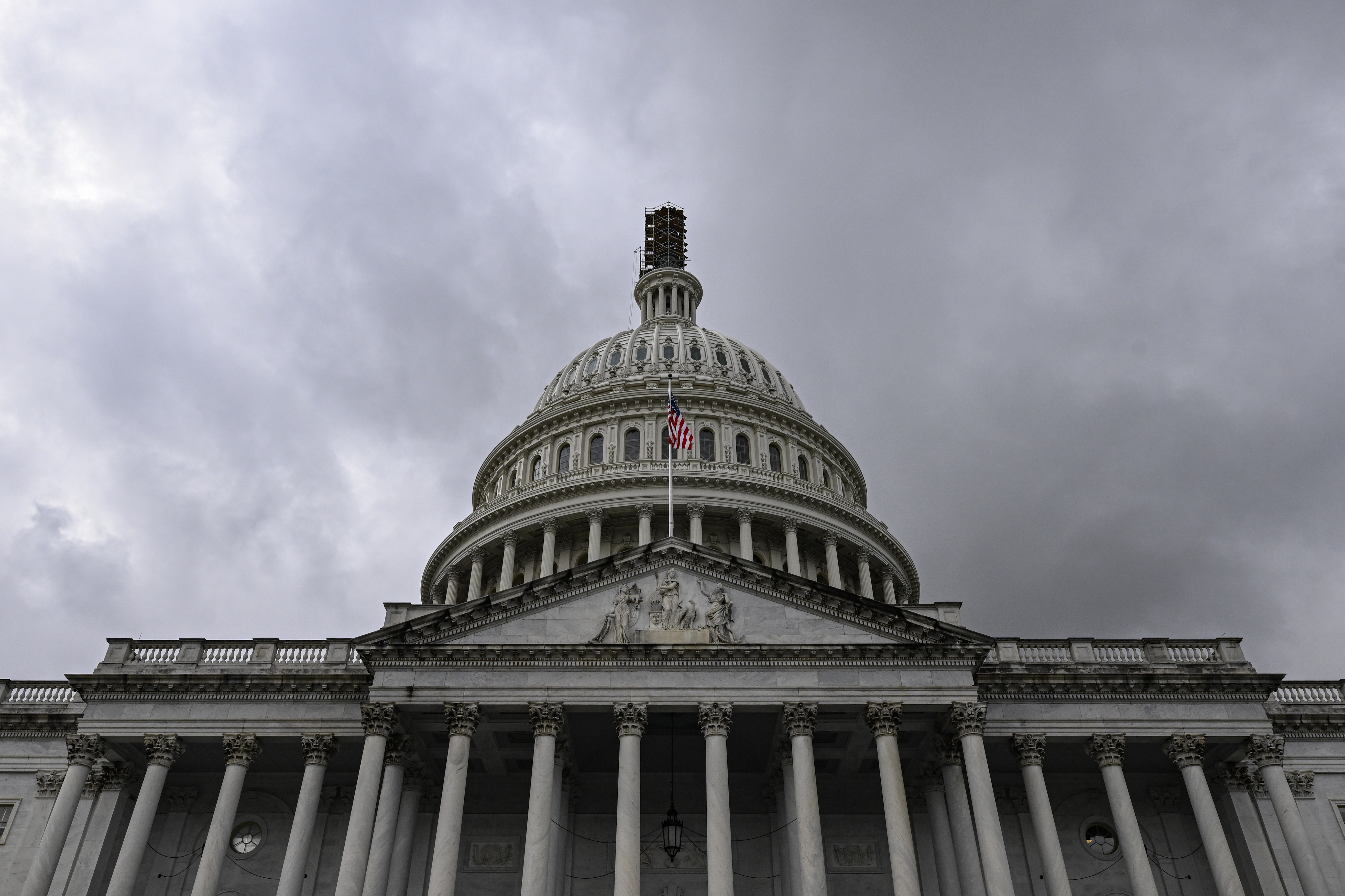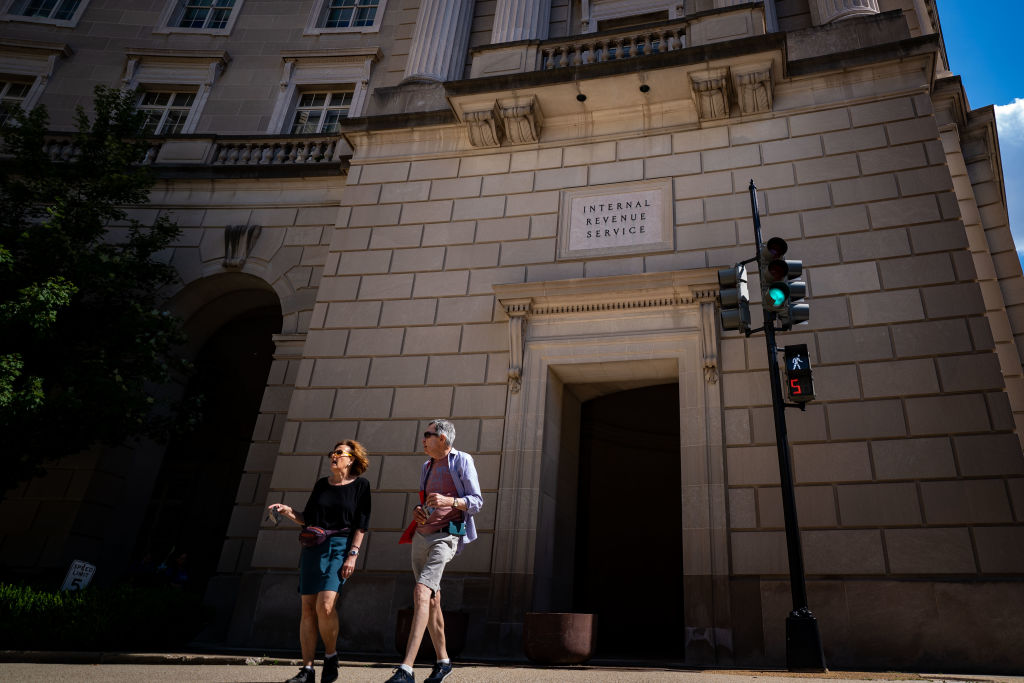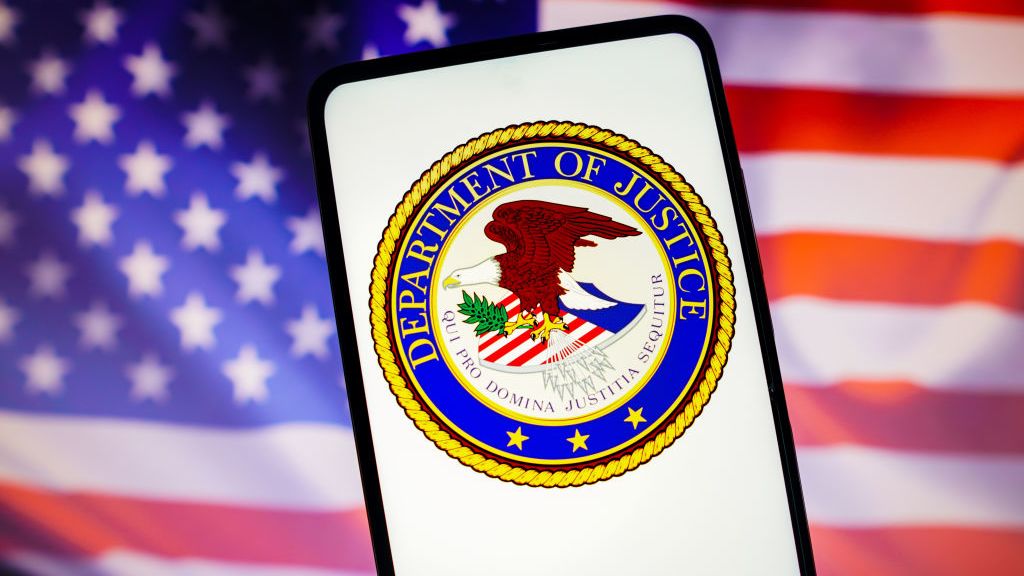Biden calls for $22 billion in cyber security funding
New plan will harden the nation’s energy grid

In the wake of the Colonial Pipeline ransomware attack, the White House is calling for $22 billion in new cyber security spending to protect the nation’s vulnerable infrastructure.
In a statement Tuesday, the Biden administration called for $20 billion in grants to harden the nation’s energy systems by strengthening cyber security and the energy grid’s resilience. It also proposed $2 billion in federal grants to support microgrids and grid resilience in areas with a high risk of power outages.
“Specifically, these modernization block grants will be tied to the use of and compliance with 21st century energy, technology, and security standards,” the White House said.
“Eligibility for these grants will also be contingent on policies requiring installation of technology that detects and blocks malicious cyber activity on information and operational technology networks, consistent with privacy protections.”
The actual amount of cyber security funding that will pass Congress remains up in the air, though. Biden is trying to win bipartisan support for his $2.3 trillion American Jobs Plan to upgrade the nation’s infrastructure, with Republicans calling for a less expensive plan.
This follows the Colonial Pipeline ransomware attack, which caused gasoline shortages in the southeastern US; last December’s Solarwinds hack, which affected 18,000 organizations worldwide including the US Department of Homeland Security; and recent widespread cyber attacks exploiting vulnerabilities in the Microsoft Exchange Server.
President Biden’s $2.3 trillion American Jobs Plan also seeks $100 billion to connect every American household to broadband internet by the end of the decade.
Get the ITPro daily newsletter
Sign up today and you will receive a free copy of our Future Focus 2025 report - the leading guidance on AI, cybersecurity and other IT challenges as per 700+ senior executives
The Biden administration’s call Tuesday for $22 billion in new cyber security spending is only its most recent attempt to shore up vulnerable US infrastructure from cyber attacks.
Last week, Biden signed an executive order to increase the US’s defenses against cyber attacks and provide better lines of communication between law enforcement and service providers to enhance investigations.
That Executive Order on Improving the Nation’s Cyber Security requires IT (information technology) and OT (operational technology) service providers to share cyber security threat information with the government. Federal agencies must also implement multifactor authentication to their systems and encrypt all data in the next 180 days and deploy a zero-trust security architecture.
RELATED RESOURCE

Security awareness training strategies for account takeover protection
Why you need an inside-the-perimeter strategy for internal threats
The White House is also readying a plan created by the National Security Council to increase the cyber security and resilience of the electrical grid. The plan will be largely voluntary to avoid resistance to regulation. It will carry incentives that will make it more appealing for electrical operators to implement protections.
Those protections include cyber security monitoring equipment and an assessment to identify sites that would present the most risk to the grid in an attack.
That plan will also extend Cyber Testing for Resilient Industrial Control Systems (CyTRICS), a partially classified plan that identifies vulnerabilities in the electrical grid that intruders could exploit.
-
 UK cyber experts on red alert after Salt Typhoon attacks on US telcos
UK cyber experts on red alert after Salt Typhoon attacks on US telcosAnalysis The UK could be next in a spate of state-sponsored attacks on telecoms infrastructure
By Solomon Klappholz
-
 Healthcare data breaches are out of control – here's how the US plans to beef up security standards
Healthcare data breaches are out of control – here's how the US plans to beef up security standardsNews Changes to HIPAA security rules will require organizations to implement MFA, network segmentation, and more
By Solomon Klappholz
-
 The US could be set to ban TP-Link routers
The US could be set to ban TP-Link routersNews US authorities could be lining up the largest equipment proscription since the 2019 ban on Huawei networking infrastructure
By Solomon Klappholz
-
 US government IT contractor could face death penalty over espionage charges
US government IT contractor could face death penalty over espionage chargesNews The IT pro faces two espionage charges, each of which could lead to a death sentence or life imprisonment, prosecutors said
By Ross Kelly
-
 US identifies and places $10 million bounty on LockBit, Hive ransomware kingpin
US identifies and places $10 million bounty on LockBit, Hive ransomware kingpinNews Mikhail Pavlovich Matveev was linked to specific ransomware attacks, including a 2021 raid on the DC police department
By Rory Bathgate
-
 Breach at US Transportation Department exposes 240,000 employee records
Breach at US Transportation Department exposes 240,000 employee recordsNews An investigation is underway into the breach, which affected former and current employee data
By Rory Bathgate
-
 IRS mistakenly publishes 112,000 taxpayer records for the second time
IRS mistakenly publishes 112,000 taxpayer records for the second timeNews A contractor is thought to be responsible for the error, with the agency reportedly reviewing its relationship with Accenture
By Zach Marzouk
-
 US begins seizure of 48 DDoS-for-hire services following global investigation
US begins seizure of 48 DDoS-for-hire services following global investigationNews Six people have been arrested who allegedly oversaw computer attacks launched using booters
By Zach Marzouk

